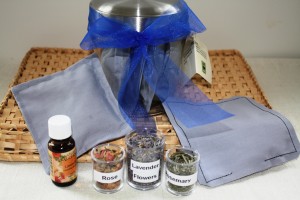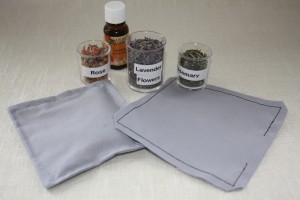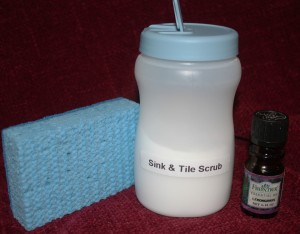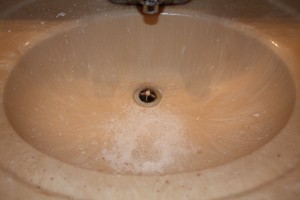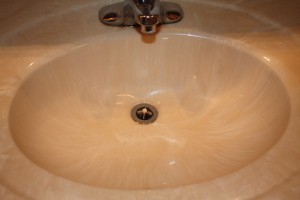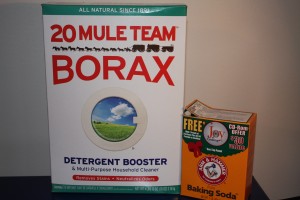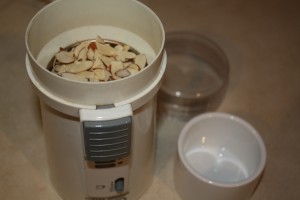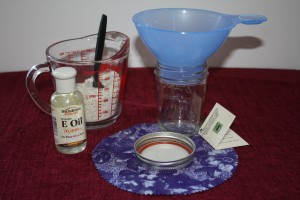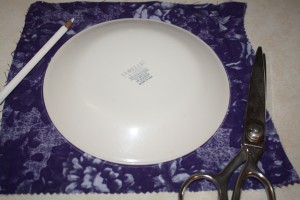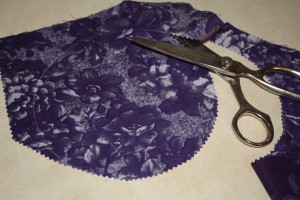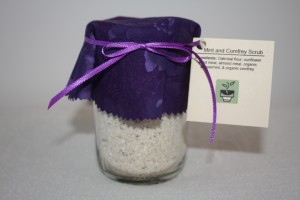These little sachets bring a wonderful smell to your freshly washed sheets and linens. The mixture of lavender, rose and rosemary may help with sleep as well as headaches. Image the smell of your sheets may actually help improve your sleep.
Lavender has the added benefit of helping with headaches, sleep, calming, depression and may even affect your dreams.
Lavender essential oil is soothing, antiseptic, good for insomnia, and will help repel insects.
Rosemary is known for remembrance and to help keep away bad dreams and ease body aches.
Rosemary essential oil is good for fatigue, circulation, headaches, pains, and might encourage hair growth. Well who knows!!
Rose petals are known for loving thoughts.
Rose essential oil is good for stress, headaches, relaxing, anti-depression, astringent, and antiseptic.
Granted the small amount of scent on your sheets may not offer all these benefits, but who knows maybe your sheets may help you sleep.
Recipe:
- 1/2 c. dried lavender flowers
- 1/2 c. dried rose petals
- 1/4 c. dried rosemary leaves
- 5-6 drops lavender essential oil
- 4-5 drops rosemary essential oil
- or any essential oils of your choice
Mix in glass bowl and add essential oils. Plastic should not be used because essentials can be absorb by the plastic.
These bags can be made with just lavender. And as a added bonus these bags can be stored with your woolen linens to help repel moths.
Peppermint can be used instead of one of the above herbs and is known for repelling insects. I use peppermint in my shed to ward off mice. It works until the smell is gone and I forget to refresh the peppermint oil.
To make the dryer sachets: Makes 4 sachets
In the above picture I sewed one of the sachet using a dark color so they would show up in the picture. Normally I would match the thread to the fabric.
Fabric used in this project should be white, muslin or light,plain cotton or broadcloth material. These dryer sachets are thrown in with the wet clothes and colored fabric might bleed on the clean clothes.
- Cut eight 5 inch squares of fabric. This makes 4 finish dryer sachets.
- Place two squares of fabric right sides together. Pin if necessary.
- Sew around three sides leaving a two inch hole for turning on the forth side.
- Back stitch at opening for added support when turning.
- Cut corners about 1/8″ from stitching to remove excess bulk.
- Turn inside out and iron.
- Top stitch three sides of the squares. It is easier to top stitch before dry material is added.
- Divide the dried mixture, about 4 Tbsp for each mixture.
- Fill the bag using the hole in the fourth side.
- Pin close.
- Top stitch the forth side to close the opening.
- Store in a glass jar with tight fitting lid.
Throw these clothes dryer sachets in your dryer each time you wash sheets or linens. These sachets can be used several times.
Just before each use, rub the sachet between your hands (if you are not allergic to any of the materials) to release the fragrance.
Remove about half way through drying time and place back in the jar.
I hope you enjoy these little clothes dryer sachets.

